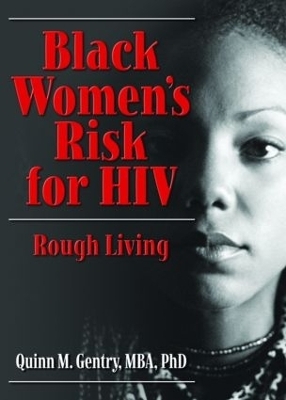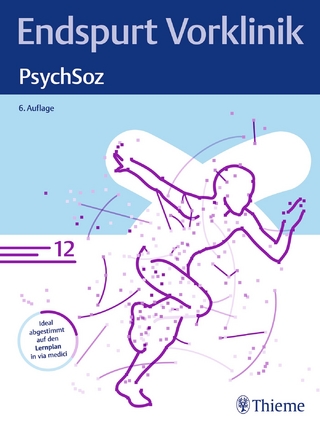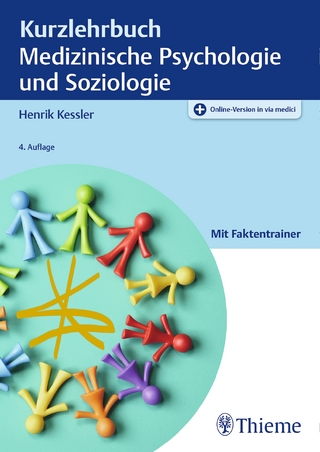
Black Women's Risk for HIV
Routledge (Verlag)
978-0-7890-3170-9 (ISBN)
- Titel z.Zt. nicht lieferbar
- Versandkostenfrei innerhalb Deutschlands
- Auch auf Rechnung
- Verfügbarkeit in der Filiale vor Ort prüfen
- Artikel merken
Black Women’s Risk for HIV: Rough Living is a valuable look into the structural and behavioral factors in high-risk environmentsspecifically inner-city neighborhoods like the Rough in Atlantathat place black women in danger of HIV infection. Using black feminism to deconstruct the meaning and significance of race, class, and gender, this text gives a voice to a unique disenfranchised population and legitimizes their lives and experiences. This important ethnographic study focuses not only on the problems associated with the continued rise in HIV rates among African American women, but provides viable solutions to these problems as well.
As we move into the 21st century, unsafe heterosexual contact has become a common route of HIV infection and an overwhelming majority of those infected are women. More and more, these are women of color who reside in poor inner-city neighborhoods. Black Women’s Risk for HIV: Rough Living uses ethnographic methods to define and break down the social, economic, and political factors directly affecting women in high-risk environments. An informative and compassionate rendering of a growing problem, this text offers an inside look at the devastating impact of the HIV/AIDS epidemic on poor African American women and works to link these women’s individual circumstances to the larger social context.
Some topics Black Women’s Risk for HIV: Rough Living explores in-depth are:
the 20-year change in the Roughin inner-city Atlantafrom a middle-class African American neighborhood to a high-risk hub of chronic drug users and sellers
the history and implementation of the Health Intervention Project (HIP) in the Rough
theoretical frameworks that shape the analysis of the impact of this neighborhood as a on the lives of women at high-risk for contracting HIV
women’s living arrangements in the Rough and their relation to the structural constraints that place them at risk
a living-arrangement-based categorization of women in the Roughstreet women and house womenand the defining characteristics of each
family relations and the personal histories of women as influential factors
women’s intimate partner relationships and motivation for condom use in those relationships
mother-child relations and views of parenting that cycle between hopeful and hopeless mothering
the disappearance of work and welfare from the inner-city community and women’s methods of economic survival
the meaning and significance of church and religion in the lives of high-risk women
four primary methods of reducing HIV risk in these environments
and much more!
While qualitative health researchers interested in race, class, gender, and behavioral perspectives of HIV risk and protective factors will find Black Women’s Risk for HIV: Rough Living a valuable resource, so too will public health practitioners, medical sociologists, substance abuse and mental health researchers, and graduate students focusing on public health, sociology, community psychology, and women’s health.
Quinn Gentry
Foreword (Kirk W. Elifson and Claire E. Sterk) Preface Acknowledgments Chapter 1. Introduction: This Is the Rough! The rough As a High-Risk Environment Facing My Own rough Reality Background of the Health Intervention Project Ethnographic Research Methods Theoretical Framework Research Objectives Chapter 2. Living in the Rough Street Women House Women Principles to Guide HIV Prevention Initiatives Based on Women’s Living arrangements Chapter 3. Rough Family Relations Growing Up Decent Growing Up Street Making Sense of Decent and Street Upbringing Accounts of Interactions with Families of Orientation Deceiving Family Members Engaging in Frequent Interaction with Family Principles to Guide Family-Focused HIV Prevention Initiatives Chapter 4. Intimate Relationships in the Rough Overview of the Five Stages of Intimate Partner Relationships The Courtship Stage The Commitment Stage The Conflict Stage The Compromise Stage The Conclusion Stage Principles to Guide a Couples-Centered HIV Prevention Initiative Chapter 5. Mothering in the Rough Maintaining Custody on the Margin Giving Up Temporary Custody to Kin Disclosing Drug Use to Authorities Grandmothering As a Hopeful Experience Hopeless Mothers Themes Cycling Between Hopeless and Hopeful Mothering Principles to Guide Addressing Issues Related to Motherhood As HIV Prevention Initiatives Chapter 6. When Work and Welfare Disappear in the Rough Hustling Knowledge Renting Space Shoplifting Odd-Job Hustlers Principles to Guide Economic-Focused HIV Prevention Initiatives Chapter 7. Religiosity in the Rough The Churched The Unchurched A Theoretical Framework for Understanding Potential Roles for Inner-City Churches in HIV Prevention Principles to Guide Faith-Based HIV Prevention Initiatives Chapter 8. Reducing Risk in the Rough Leaving the rough for Drug Treatment Practicing Safer Sex Making Other Changes Making No Changes in Behavior Chapter 9. Black Feminist Theory As Behavior Change Theory and Practice Rethinking the HIP Intervention An HIV Prevention Model for Black Women Guided by Black Feminism References Index
| Erscheint lt. Verlag | 31.10.2007 |
|---|---|
| Verlagsort | New York |
| Sprache | englisch |
| Maße | 152 x 229 mm |
| Gewicht | 434 g |
| Themenwelt | Sachbuch/Ratgeber ► Gesundheit / Leben / Psychologie |
| Medizin / Pharmazie ► Gesundheitswesen | |
| Studium ► 1. Studienabschnitt (Vorklinik) ► Med. Psychologie / Soziologie | |
| Studium ► Querschnittsbereiche ► Infektiologie / Immunologie | |
| Sozialwissenschaften ► Ethnologie | |
| Sozialwissenschaften ► Soziologie | |
| ISBN-10 | 0-7890-3170-1 / 0789031701 |
| ISBN-13 | 978-0-7890-3170-9 / 9780789031709 |
| Zustand | Neuware |
| Haben Sie eine Frage zum Produkt? |
aus dem Bereich


